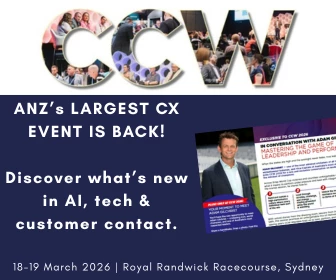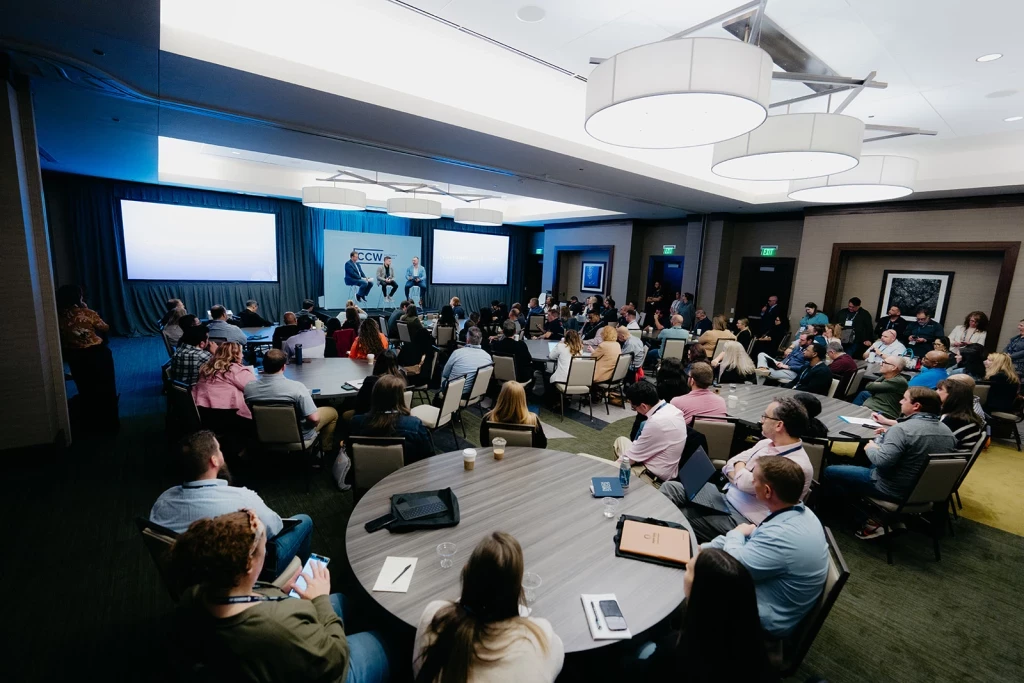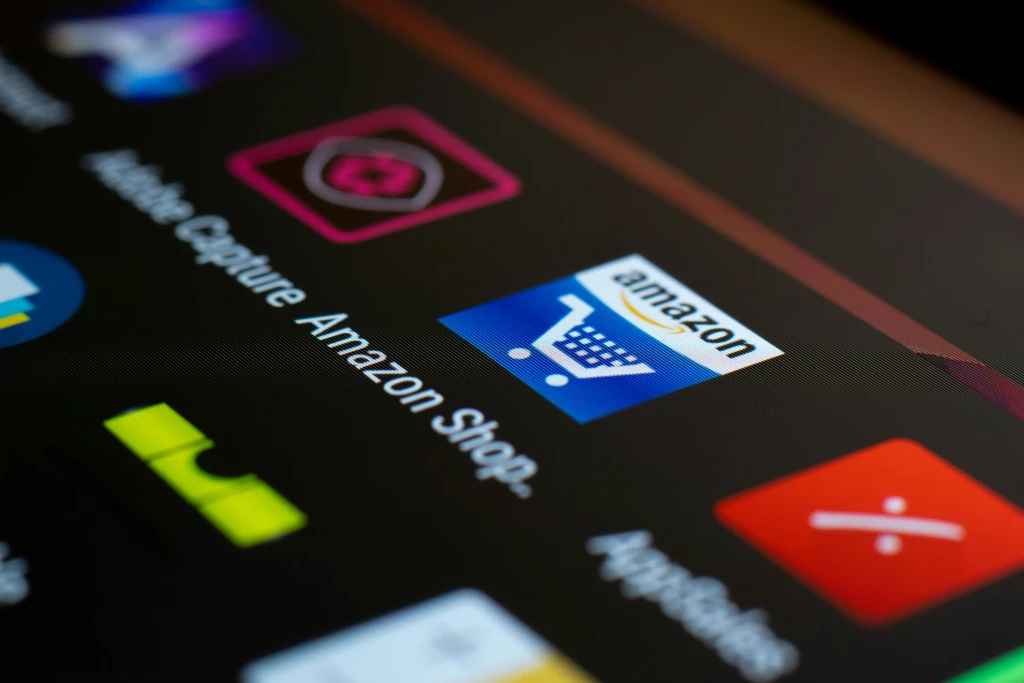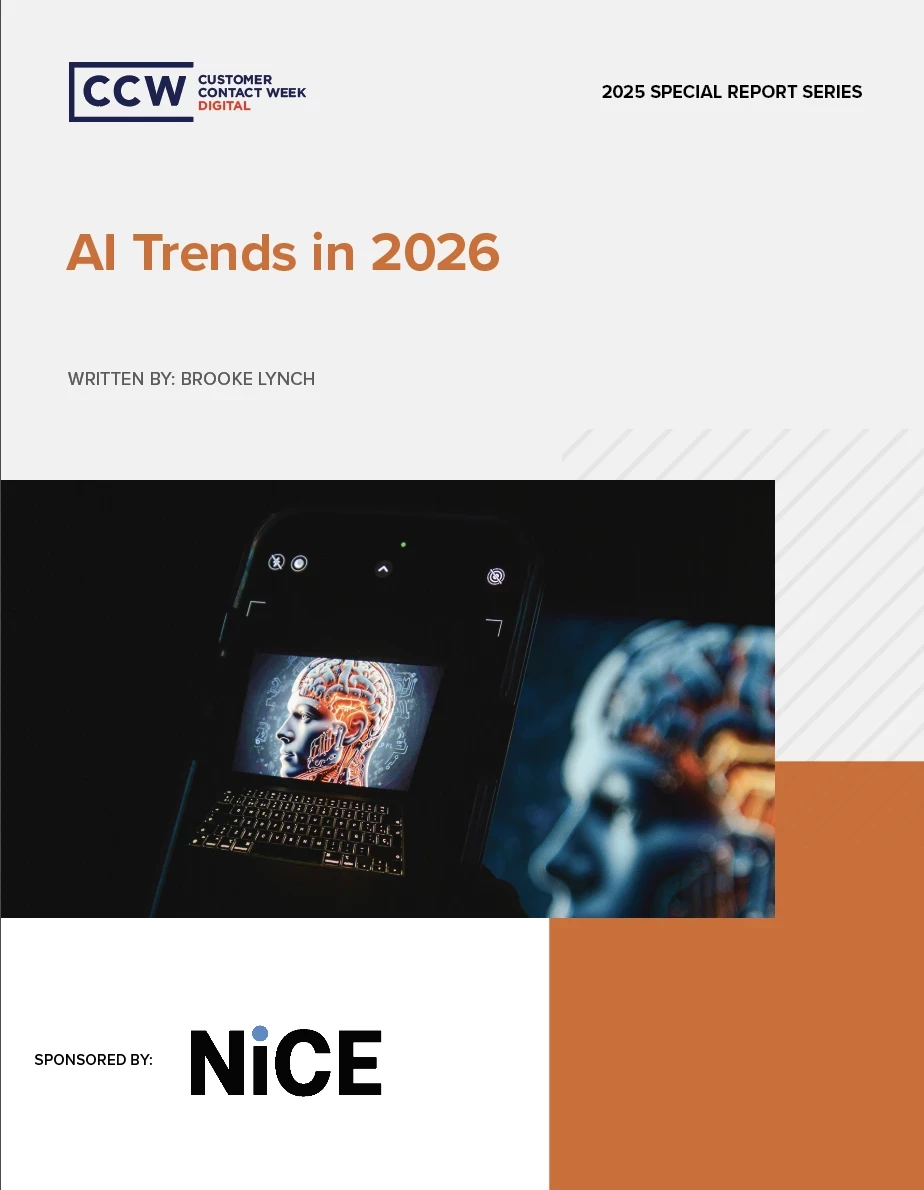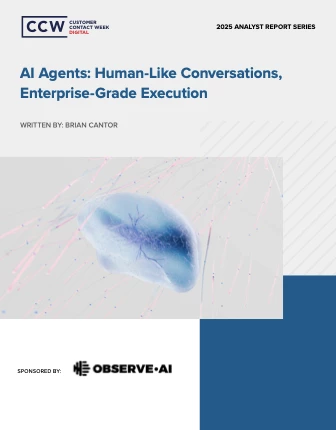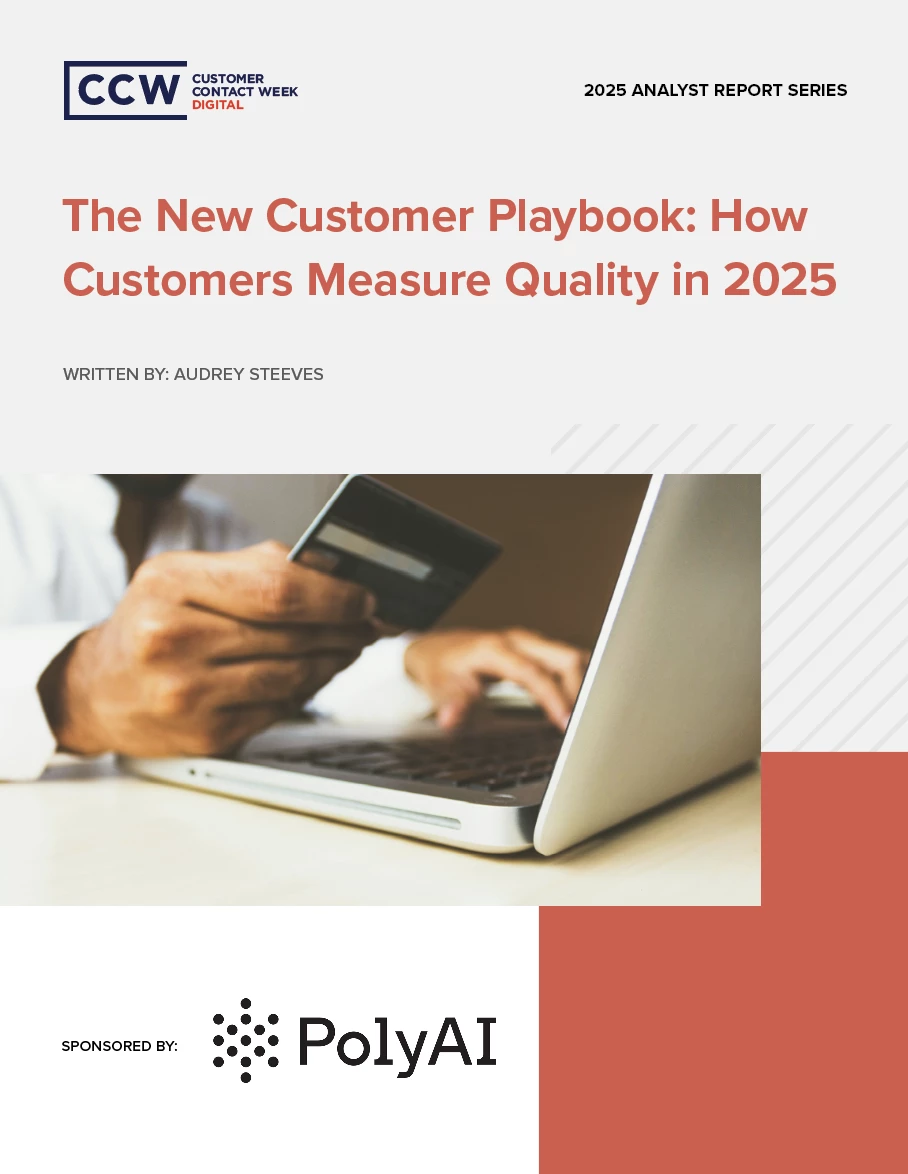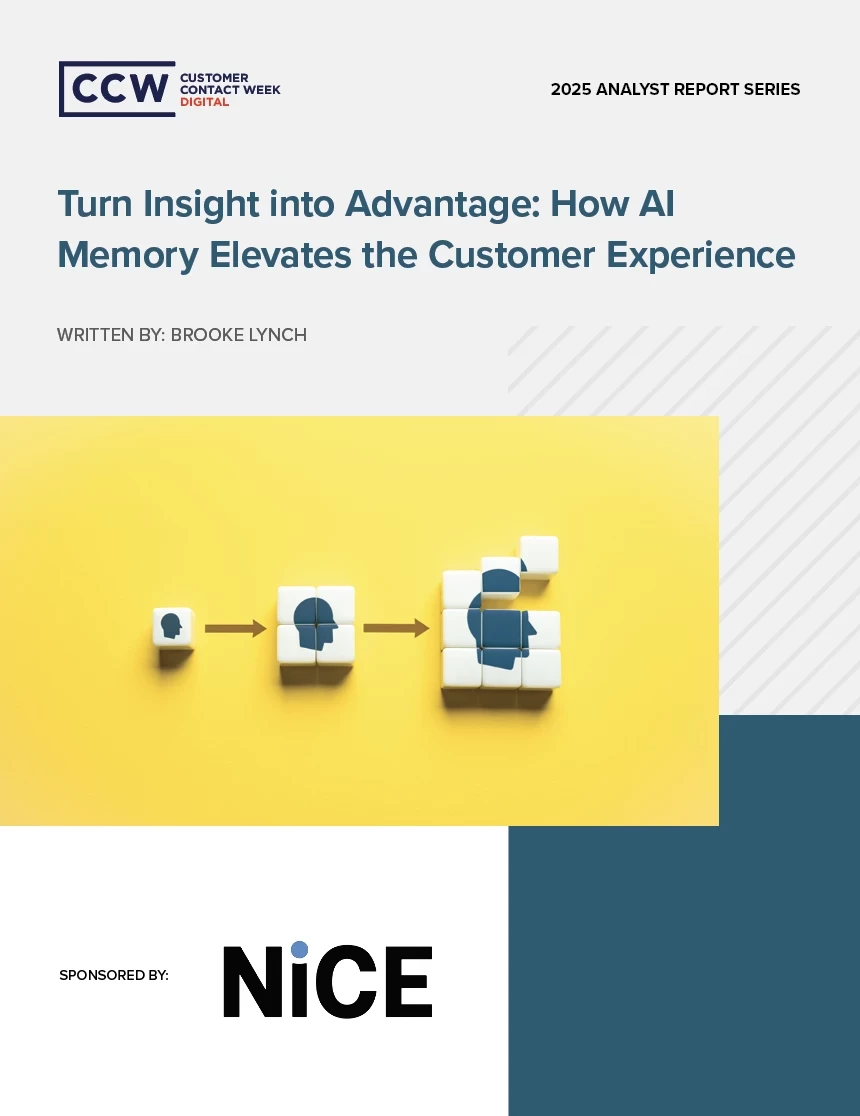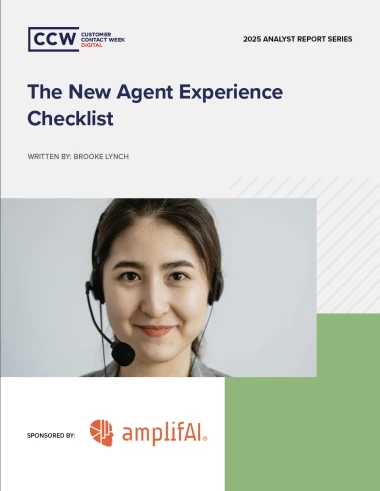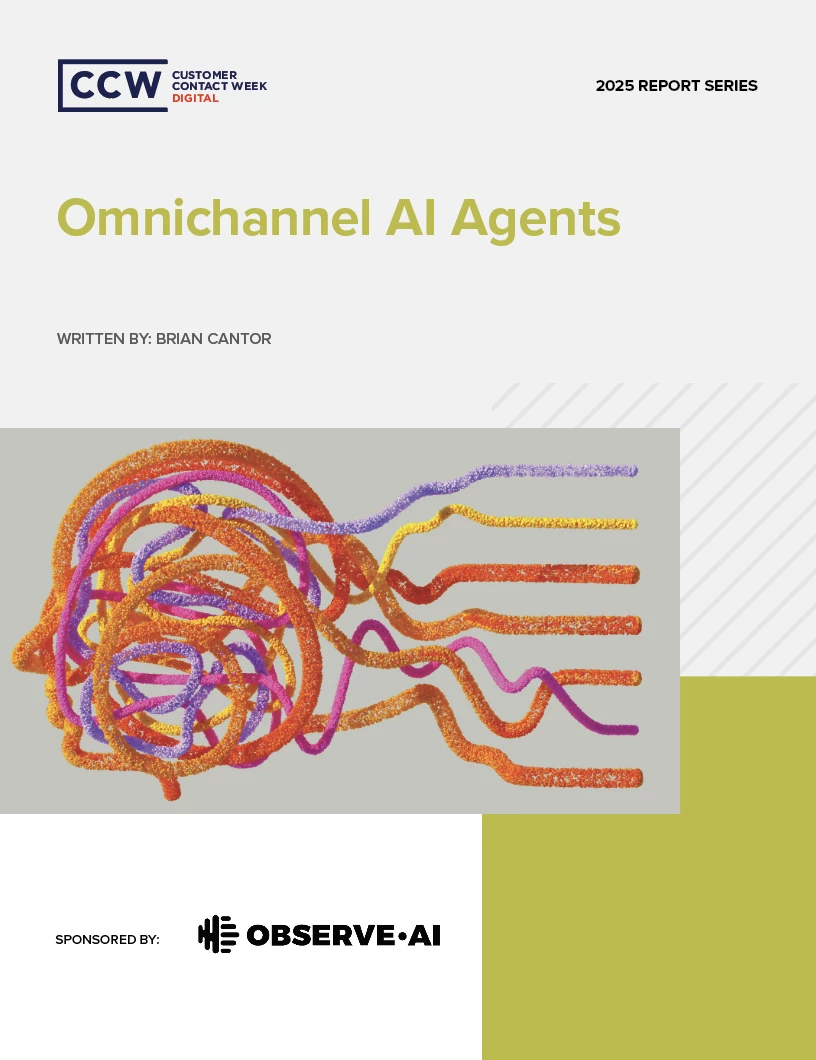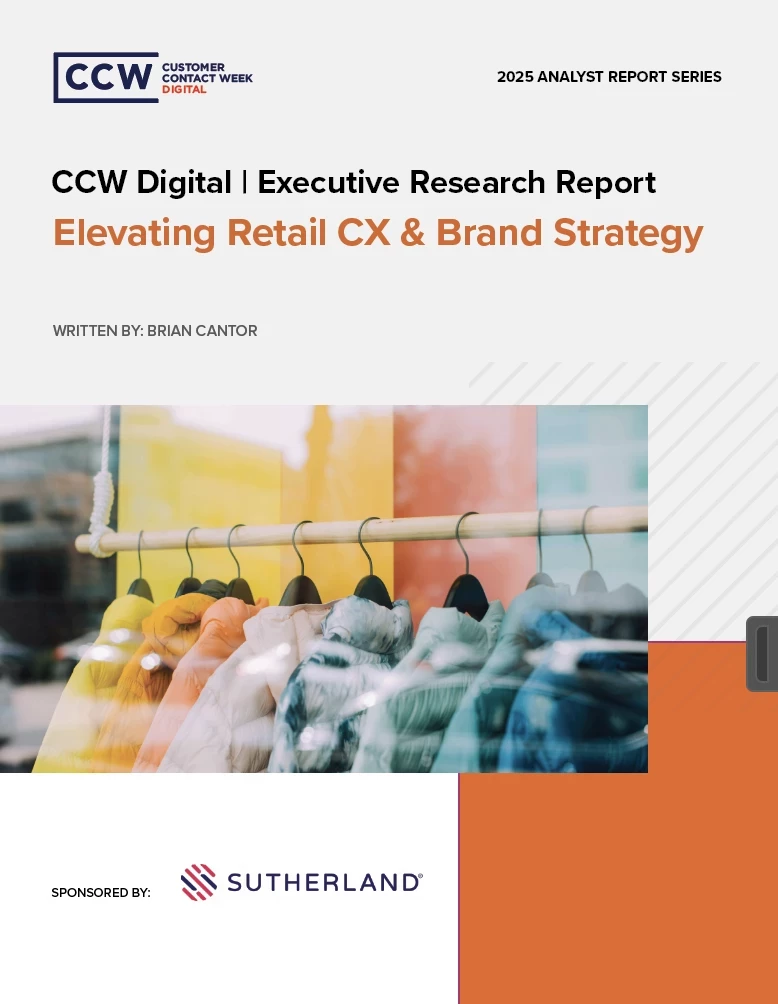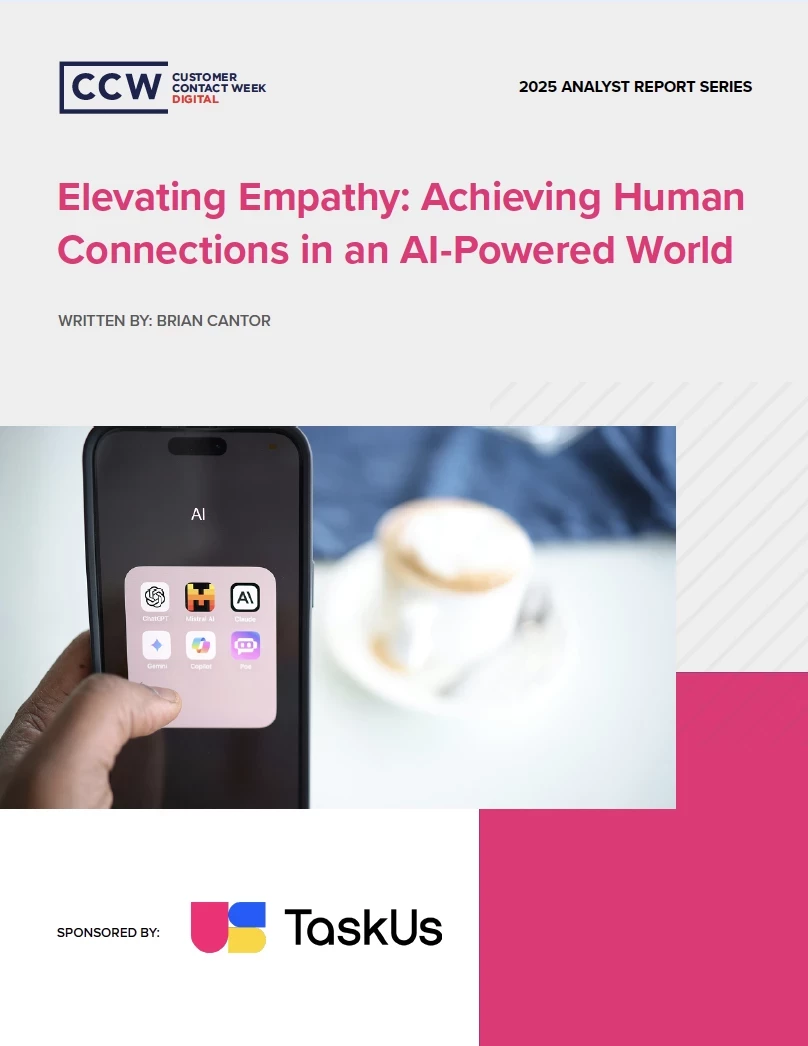The Rise and Fall of Spotify Wrapped
Once the gold standard for user experience among music streaming services, Spotify now finds itself disappointing listeners year after year.
Add bookmark
Spotify has been credited with transforming the music industry by redefining what it means to be a fan. It has offered other technology companies a glimpse into what a small, talented team can accomplish by collecting and analyzing data. With Spotify’s golden age ostensibly behind us, nowhere is their fall from grace more apparent than in the evolution of the Spotify Wrapped. Since 2016, the end of the year has brought music lovers a treasure trove of data in the form of Spotify Wrapped. The annual recap captured everything users loved about Spotify’s approach to music: interesting personal insights about listening habits, easily shareable content that users were proud to identify with, and infrastructure for meaningful, personalized music discovery.
It offered a unique example of a company leveraging data with intention and celebrating their customers with personalized messaging.
Flash forward to 2024 and everyone is disappointed with this year’s Wrapped. So what changed? How did one of the most beloved user data projects unravel into a shell of what made it so special? Unfortunately, the missteps made by Spotify are nothing new. In examining the blunders that led to this year’s Wrapped flop, we found that the mistakes made are the same ones plaguing the customer contact space and the greater tech ecosystem.
Including AI features for AI’s sake
Almost every year Spotify introduces a new aspect to the Wrapped, usually building on the existing format to improve the shareability of the content. This year it was the “Wrapped AI podcast,” the most jarring and useless feature Wrapped has unveiled yet. The “podcast” is a five-minute long summary of the same content in the click-through Wrapped slides, narrated by two voice AI personas. At best amusing, any appreciation for the realism of the voice personas is quickly lost when they attempt and fail to pronounce songs and artists in any language other than English.
As is true in the customer contact world, inclusion of an AI feature to impress users with the so-called powerful capabilities of your platform is a losing game. This is especially egregious for Spotify because they have been using AI since at least 2013 in much more interesting and valuable ways. It cannot be overstated, user-facing AI functionality is only as compelling as the caliber of its inputs and the intentionality of its outputs. After years of popular data analysis deliverables, Spotify somehow failed to recognize how tech-savvy and data-driven their user base is, and should have known that most would not be impressed with such basic functionality just because AI was included in the title.
Failure to listen to customers
Spotify’s approach to music discovery set them apart from competitors like Apple Music and Tidal by positioning itself as the app for music fanatics to listen to what they love and find even more of it. Spotify’s advent of “Discover Weekly,” the personal music discovery playlist that used to include truly deep cuts, revolutionized digital music discovery. The “radio” feature that can be applied to any track, album, or artist allows users to perform highly targeted discovery. More than just a way of streaming songs, these features disrupted all of the traditional modes of discovery (music journalism, blogs, radio, record stores) in a big way. It is clear that what users loved about Spotify in the late 2010s was this prioritization of music discovery and the platform’s built-in, seamless promotion of small and independent artists.
In 2018 Wrapped included the “Tastebreakers” playlist, which sought to broaden users’ horizons by exposing them to genres and artists they didn’t regularly listen to. From my perspective, this exemplified Spotify’s hay day: engaged, curious users being delighted with truly personalized recommendations from artists they would likely never find manually. But gradually, the Wrapped event phased out discovery as a priority, and the entire platform seemed to follow. There was no Tastebreakers playlist in the 2019 Wrapped, and by 2022 it was clear that Wrapped’s focus had shifted to shareability over substance.
Settling for good when great is possible
The backlash to this year’s Spotify Wrapped demonstrates what happens when a product disappoints their former brand advocates. Avid Spotify users would tell you that the streaming service existed beyond headphones by introducing users to artists that they may eventually see live and by creating the soundtrack to countless memories and experiences. Had Spotify continued to invest and develop in all of the technology–not just AI, but their proprietary algorithms that used metadata to churn out tailored recommendations–who knows what they may have accomplished in the last few years.
Ultimately, the events that led to such a disappointing 2024 Wrapped have been in motion for a long time. In the memo announcing layoffs that impacted 17% of Spotify’s workforce last December, CEO Daniel Ek alluded to new investments in capital in 2020-2021 that didn’t pan out into profitability in time to avoid rightsizing. This followed a major algorithm change in 2019, which was when many users began noticing a decline in the quality of recommendations. While it’s only speculation that the recent layoffs directly led to the subpar 2024 Wrapped, anyone can see that these organizational and structural changes left Spotify in a worse place than they found it.
Image by Ivan Samkov on Pexels.




